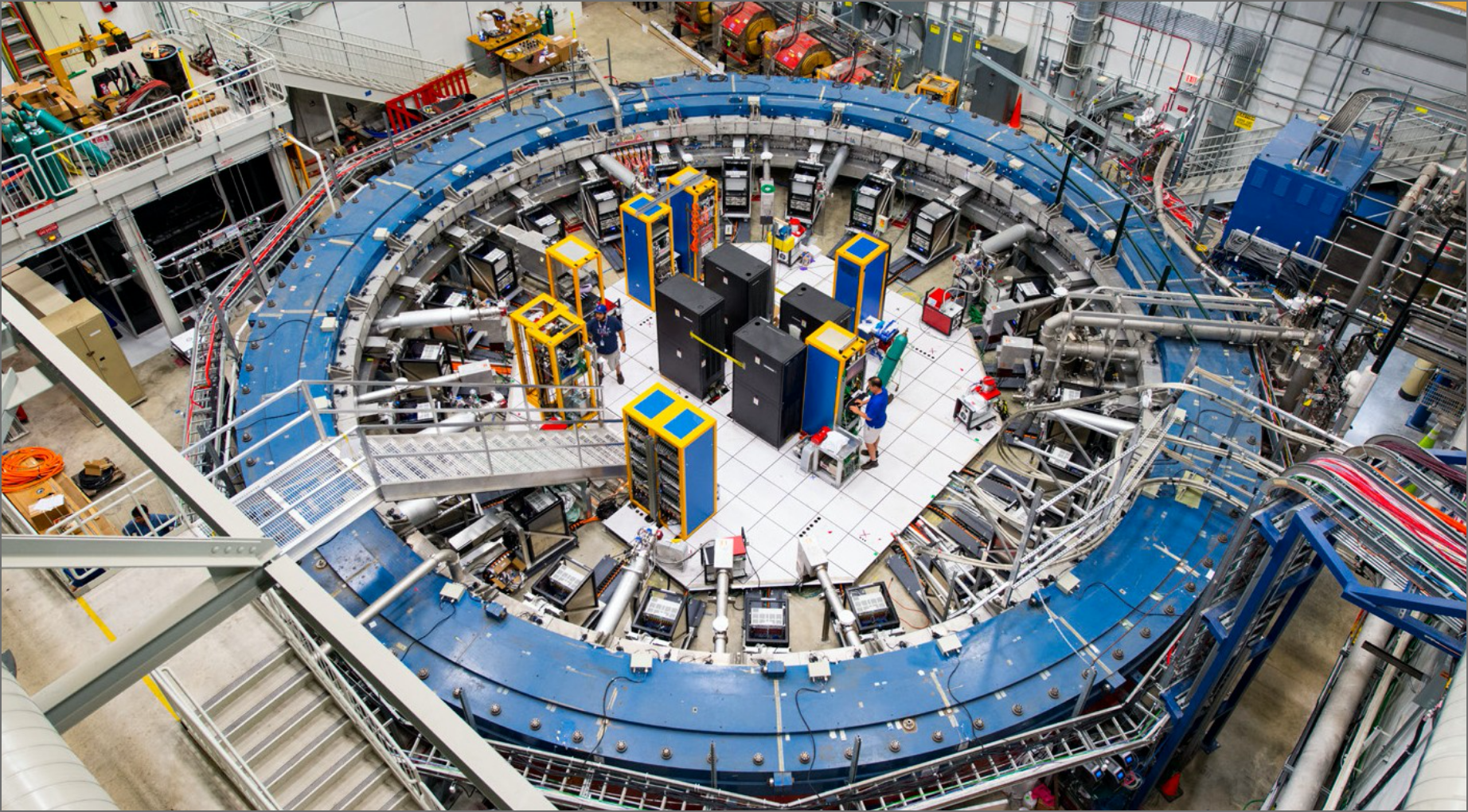Twinkle, twinkle, flickering light
-
- from Shaastra :: vol 04 issue 07 :: Aug 2025

Looking into the shape and location of coronas around black holes.
Do black holes emit a flickering light? Collaborative research suggests that they do. A team of Indian researchers has detected flickering X-rays from a black hole binary located about 28,000 light-years away using data from AstroSat, India's first space-based observatory. The study was led by Santabrata Das of the Indian Institute of Technology Guwahati and Anuj Nandi of the UR Rao Satellite Centre, Indian Space Research Organisation.
Two years ago, one of Das's former students, Sreehari Harikesh, now a postdoctoral researcher at the University of Haifa in Israel, identified the rare phenomenon in AstroSat's archived data. Another scholar, Seshadri Majumder, helped analyse the data. In their recent study (bit.ly/Flickering-bh), the researchers proposed an explanation for the origin of the flickering X-rays observed near the event horizon of the black hole binary system GRS 1915+105.
The team discovered twinkling X-ray radiation near the black hole's event horizon, flickering about 70 times per second.
"The black hole binary consists of a 12.4-solar-mass black hole and a giant star about 1.4 times the Sun's mass," Majumder explains. The black hole pulls matter from its companion star, forming a superheated accretion disc that can reach temperatures of 100 million Kelvins, far hotter than the Sun's surface.
The team discovered a new feature: twinkling X-ray radiation near the black hole's event horizon, flickering about 70 times per second. They suggested that this flickering is caused by the black hole's corona, a superhot cloud of plasma surrounding it.
"In our model, the corona works like bellows in a harmonium," Das says. As it pulses, high-energy electrons collide with low-energy light particles (photons), passing energy to them. This process creates the high-energy X-rays that AstroSat detected.
MASS AND SPIN
The study may help explain what a black hole looks like. Majumder adds that it will also be crucial for understanding its spin.
Das points out that, in theory, black holes are simple because they are defined only by their mass and spin, if the electric charge is ignored. However, the space around each black hole can be very different, with variations in brightness and energy output, and in how quickly they change over time. "We want to understand the physical processes happening there, especially how photons are generated in such extreme conditions, and whether we can explain it using fundamental physics."
The study helps address the question of the shape and location of the corona around black holes, says Indranil Chattopadhyay, an astrophysicist at the Aryabhatta Research Institute of Observational Sciences.
Have a
story idea?
Tell us.
Do you have a recent research paper or an idea for a science/technology-themed article that you'd like to tell us about?
GET IN TOUCH














